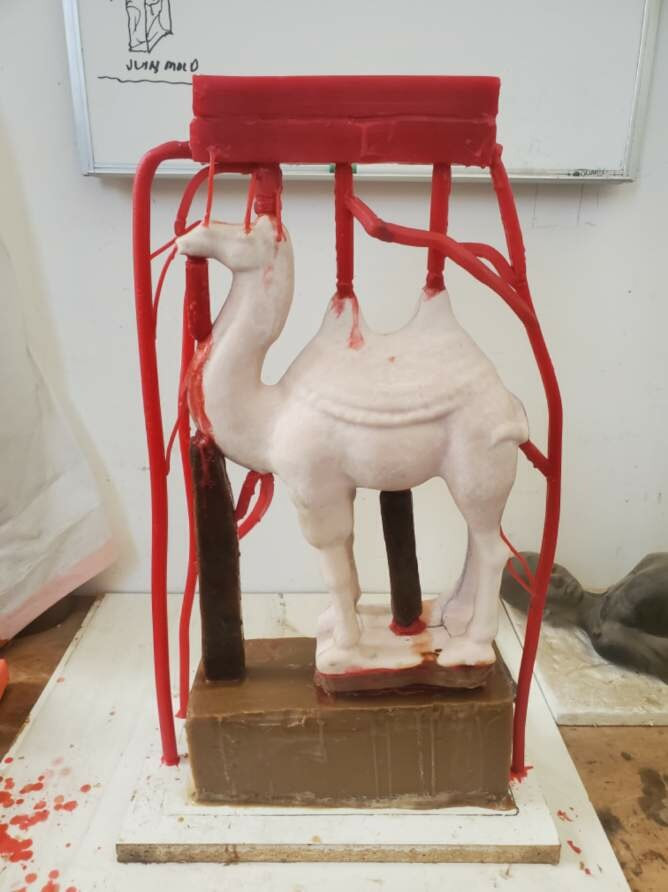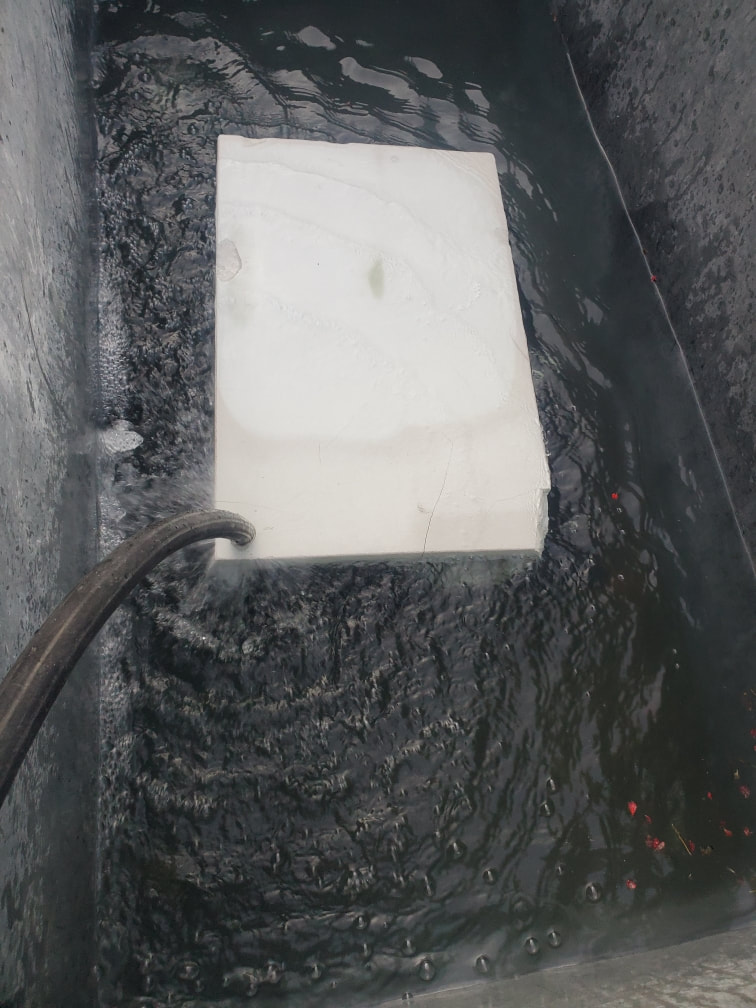Glass Camel: Recreating Art from a Scan
Goal: As a gift to my parents, I wanted to re-create one of their favorite sculptures (a real antique originally made in terracotta) out of glass, using 3D scan data that I had captured years ago. The original piece was unfortunately lost in the CA forest fires (Fall 2020). Everyone, including myself, had forgotten about the scan data until I rediscovered it as I was upgrading computers -- years after the fire.
The glass casting in this project is well beyond my skill set and required the help of a professional artist. Kinto answered the call and thankfully was interested in taking this commissioned project on with me. His help and expertise is much appreciated!
Materials:
Processes:
The glass casting in this project is well beyond my skill set and required the help of a professional artist. Kinto answered the call and thankfully was interested in taking this commissioned project on with me. His help and expertise is much appreciated!
Materials:
- Strach powder
- Z810 3D printer (another antique, since decommissioned)
- Paraffin wax
- Lead crystal glass
- Giant kiln
Processes:
- 3D scanning
- CAD Work (mesh-based tools to fix/remaster raw scan)
- 3D printing
- Glass Casting (performed by outside professional)
- Cold work glass finishing (performed by outside professional)
the process
The process started with 3D scanning and retouching of the 3D model (that process wasn't recorded). Years later, when the file was re-discovered, I started to act on making the digital model into a physical one. That, of course, started with 3D printing!
It just so happened that I was in the process of trying to rescue a Z810 machine, build by the now defunct Z Corporation (they were bought by 3D systems and are the basis of their Projet fullcolor printers that use plaster powder). This Z810 was the biggest such machine ever made, but it was old and grumpy -- for example, it ran on DOS and had a hard drive with a whopping 32MB (yes, MEGAbytes) or memory. Stubbornness sometimes pays off though, and after months of fiddling, we got it working well enough for what would prove to be its final print: my camel.
Below are some quick videos of the printing and depowdering processes. The powder used in this case wasn't plaster like the more modern Z Corp based machines, but instead a fully combustible starch powder. The burnout-friendly part is very important in this case, we saved a mold making step and were able to go direct from printing to casting.
It just so happened that I was in the process of trying to rescue a Z810 machine, build by the now defunct Z Corporation (they were bought by 3D systems and are the basis of their Projet fullcolor printers that use plaster powder). This Z810 was the biggest such machine ever made, but it was old and grumpy -- for example, it ran on DOS and had a hard drive with a whopping 32MB (yes, MEGAbytes) or memory. Stubbornness sometimes pays off though, and after months of fiddling, we got it working well enough for what would prove to be its final print: my camel.
Below are some quick videos of the printing and depowdering processes. The powder used in this case wasn't plaster like the more modern Z Corp based machines, but instead a fully combustible starch powder. The burnout-friendly part is very important in this case, we saved a mold making step and were able to go direct from printing to casting.
|
|
|
|
|












